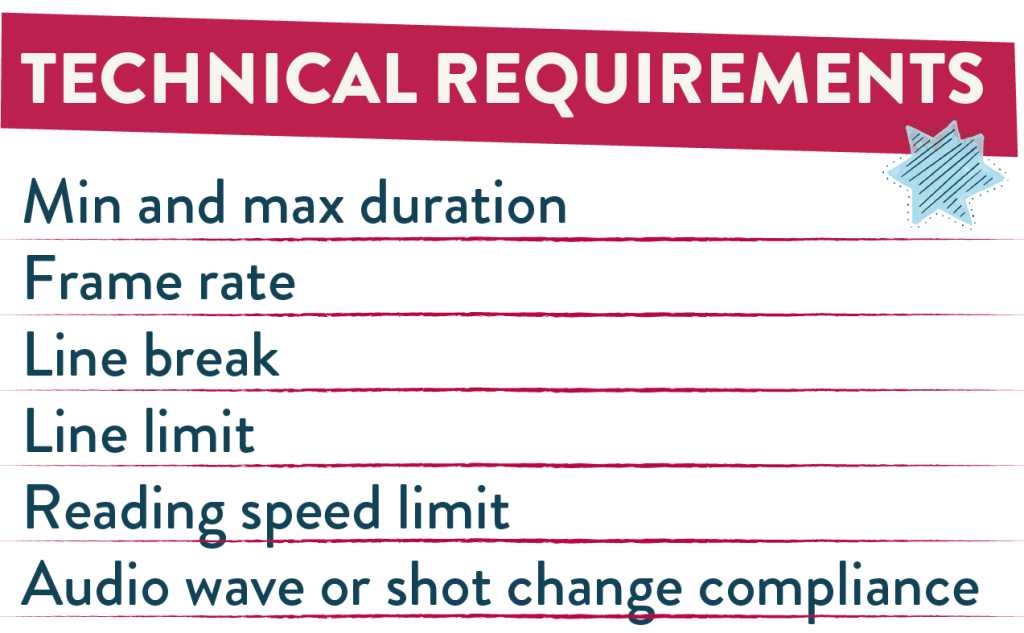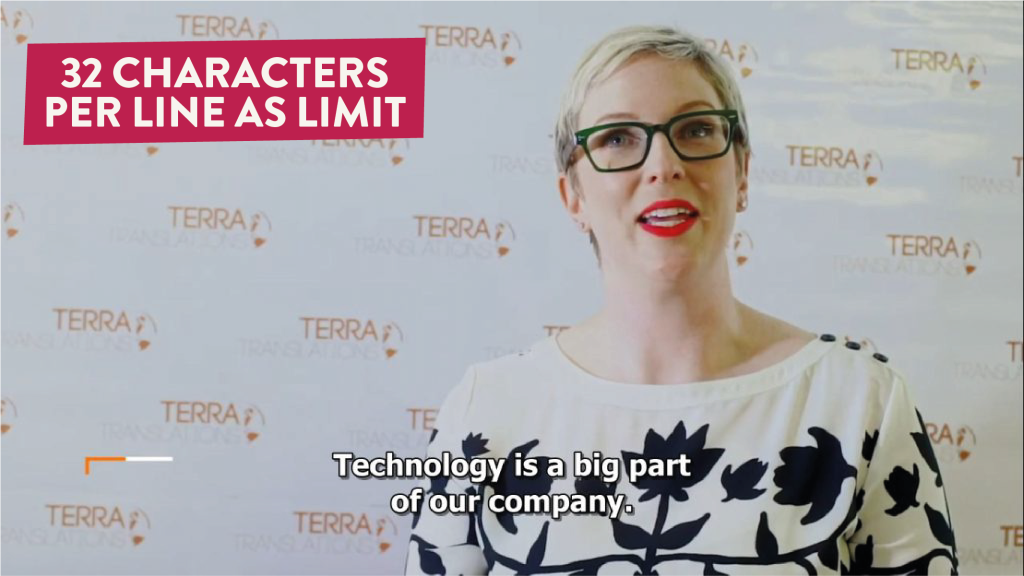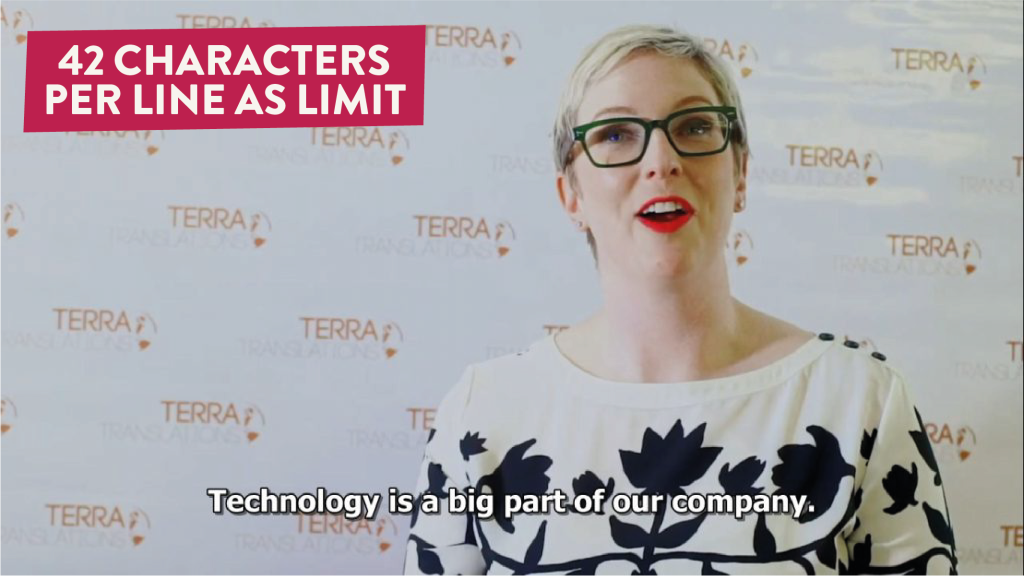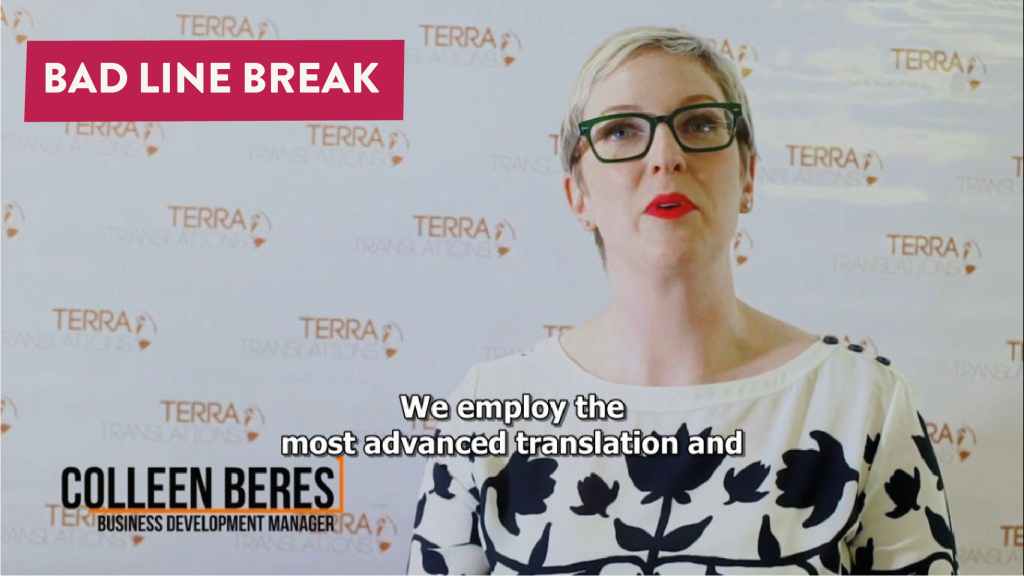Ready to get creative? Here’s a unique word for you. Transcreator. A transcreator is someone who works on transcreation projects, most commonly in the marketing and advertising space. Let’s step back for a moment. Transcreation is a combination of two words. Translation and creation. Transcreation is a process that helps replicate an original message or piece of content in order to hide that translation occurred.
Transcreation plays a crucial role in the success of marketing campaigns. Which means a transcreator is an important asset to any marketing or advertising team that wants to take their marketing efforts to new audiences in foreign countries through transcreation. There are a set of skills that a good transcreator should have in order to be successful at this tricky job.
Who is qualified to transcreate?
In order to transcreate successfully, one must have skills and knowledge regarding not just language, but cultural nuances. The transcreator should be able to confidently advise on the look and feel of a client’s campaign, alongside guiding copy, in order to ensure it is a success within the local target market. Point being, a transcreator should serve as a cultural advisor as much as an expert on translation.
What skills make a successful transcreator?

The number one skill a transcreator should have may not be one you’d expect. Creativity. The marketing whizzes may be the ones who get all the creative credit, but transcreators are a big part of the equation. Transcreators will play with words, rhythm, proverbs, alliteration, and personification in order to make them work creatively and accurately in the target market.
Aside from creativity, a transcreator needs to be adaptable. They may have to set aside their personal style or preferences to adapt to a campaign’s needs. An expert knowledge of both the source and target language is also extremely important. Having a high level knowledge of both languages will assist when working through cultural differences and language variants, such as with colloquialisms. Being familiar with the culture of the target language will not only help with word choice, but the meaning behind those words. Throughout the world, different societies have varying traditions, values, struggles, priorities, and passions. Working with a transcreator who is deeply aware of the culture they’re targeting will be an invaluable asset. In essence, a transcreator should have the following skills and experience at their disposal.
- Have proper training in both literary translation and creative writing.
- Not only be bilingual, but actually be born and educated in the area relating to the target audience.
- Stay up to date on the cultural and socio political events of the target market.
- Be able to write creatively and have advertising, marketing, and copywriting skills.
- Be knowledgeable about advertising regulations that affect the target audience.
How to work with a transcreator successfully

When working with a transcreator or a transcreation team, it’s important to focus on the work being a collaborative effort. You can give the transcreator as much or as little creative leeway as needed. You can work together to make sure they maintain your vision and preferred style, while also allowing them to put their expertise to work. By working with a high quality transcreator who has an expert knowledge of both the source and target languages and cultures, you’ll be able to ensure that your marketing campaigns shine wherever you distribute them.








































